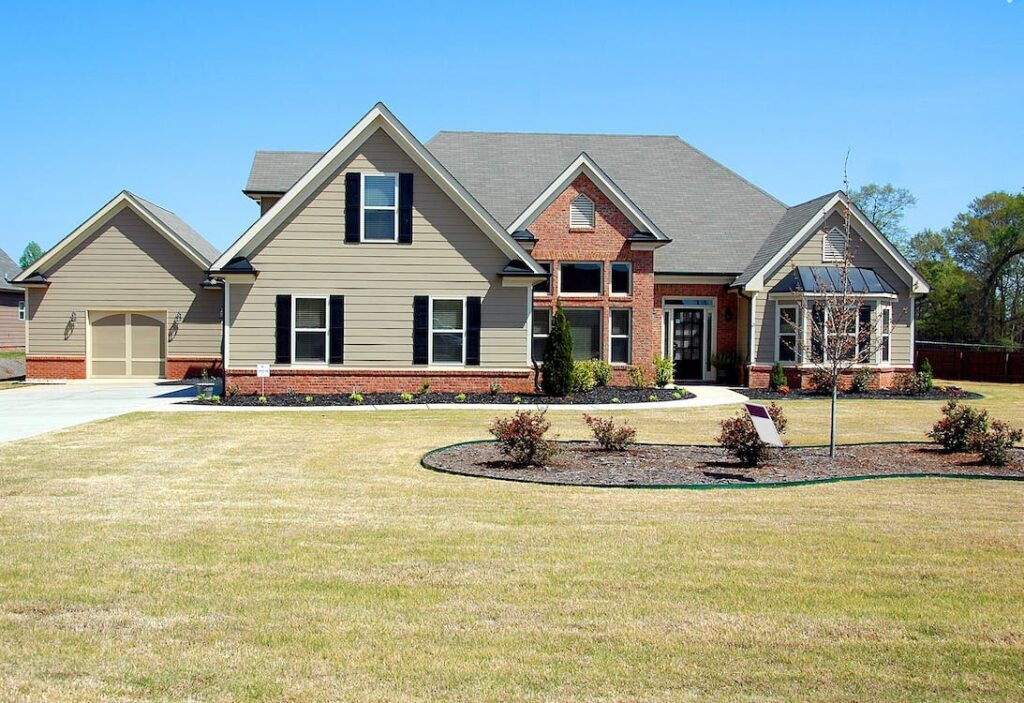How the U.S. Housing Market Adapted and Altered During COVID-19
Housing Affordability:
The U.S. housing market experienced a remarkable shift in the wake of the COVID-19 pandemic. Low mortgage rates and increased savings acted as catalysts, leading to a surge in housing demand. Consequently, home prices soared across the nation, with the Mid-Atlantic region experiencing an astonishing 40% increase in home prices between 2020 and 2022. This growth rate even surpassed the price escalation observed during the housing market bubble of 2005-2007. However, this rapid rise in home prices has led to a significant challenge: housing affordability has plummeted to its lowest level on record. To purchase an average home in the Mid-Atlantic region, a household now requires an income exceeding $120,000.
According to Sturtevant, a housing market expert, these higher prices, combined with the subsequent increase in mortgage rates, have resulted in many potential homebuyers being priced out of the market, especially first-time buyers. Delaying homeownership can hinder wealth creation, and those who missed out on the opportunity during the pandemic are finding it increasingly challenging to catch up.
Housing Supply:
The Federal Reserve’s monetary policies played a pivotal role in shaping the housing market’s dynamics. Initially, these policies led to historically low mortgage rates, spurring demand. However, they also caused a unique supply-side issue. Many homeowners opted to stay put to retain their exceptionally low mortgage rates, which created a new obstacle to housing supply.
Sturtevant pointed out that interest rate policies effectively constrained both the demand and supply sides of the housing market. Consequently, the Mid-Atlantic region’s housing inventory dwindled to less than half of its pre-pandemic levels, with monthly new listings reaching a two-decade low. This dwindling inventory has continued to drive up home prices, even as higher mortgage rates have tempered demand. Projections suggest that low inventory will persist for at least the next one to three years.
Homebuyers’ Priorities:
The pandemic ushered in a shift in homebuyer priorities. The desire for more living space and a willingness to relocate to suburban areas for greater square footage fueled faster price increases in these markets within the Mid-Atlantic region. Moreover, the type of work available in metropolitan areas influenced home price trends.
In areas where remote work remains prevalent, housing preferences have transformed significantly. Commuting is no longer a major consideration for many, and affordability and space have taken precedence over proximity to urban centers. As Sturtevant highlighted, this shift in housing preferences is expected to endure, particularly in industries where remote work continues to be a viable option.
These significant changes in housing affordability, supply dynamics, and homebuyer priorities have reshaped the U.S. housing market, ushering in a new era of housing trends and challenges.






